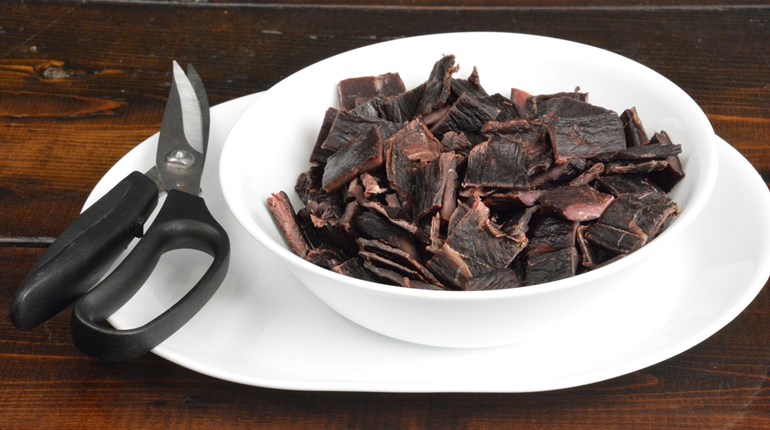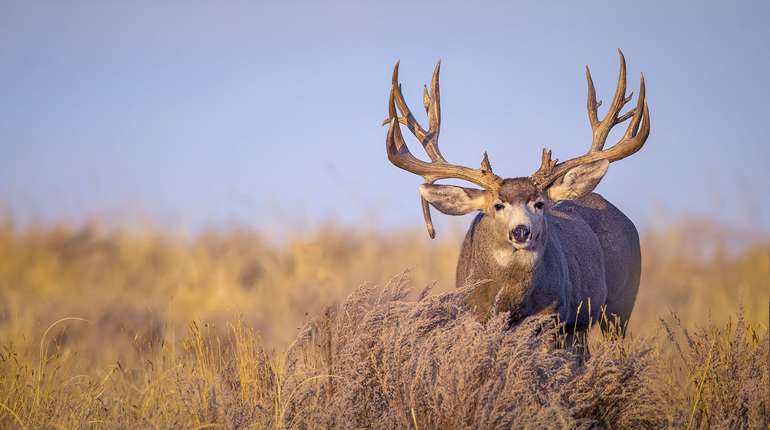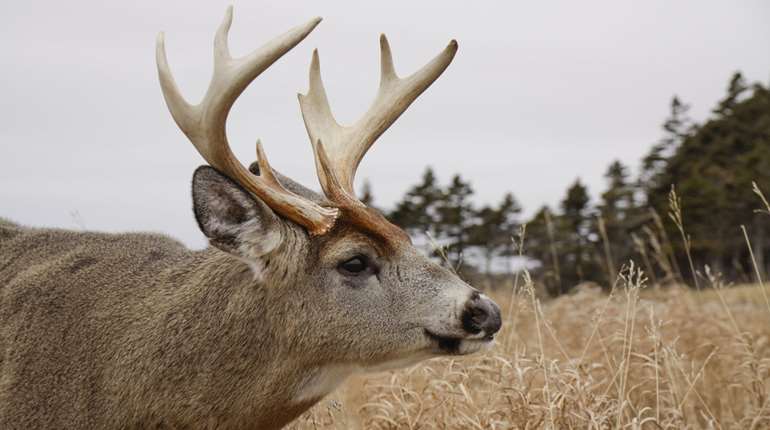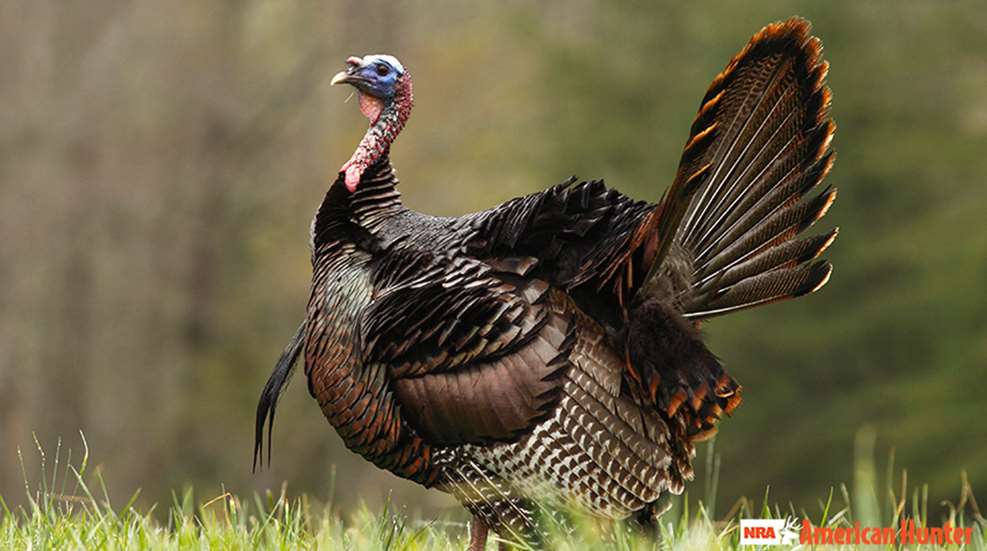
While I might be old enough for early Social Security, there are some things I still do like a teenager: riding motorcycles and turkey hunting spring to mind. So, when my old friend and friction call-guru Gary Sefton called and asked if I wanted to hunt turkeys in southern Kentucky, I hesitated. I think Gary and I first hunted turkeys together about 30 years ago, and we have shared a lot of camps since. I have fond memories of runnin’ and gunnin’ with Gary, which in my mind was only the proper way to hunt turkeys.
Gary responded to my hesitation: “We have some great blinds set up.”
I hate hunting turkeys from a blind almost as much as I hate mowing lawns and eating kale, except that I was recovering from double knee replacement surgery and was gimping around like Quasimodo on a bad day. This wasn’t the hunt I wanted, but it was the hunt I could do. He had me at “blinds.”
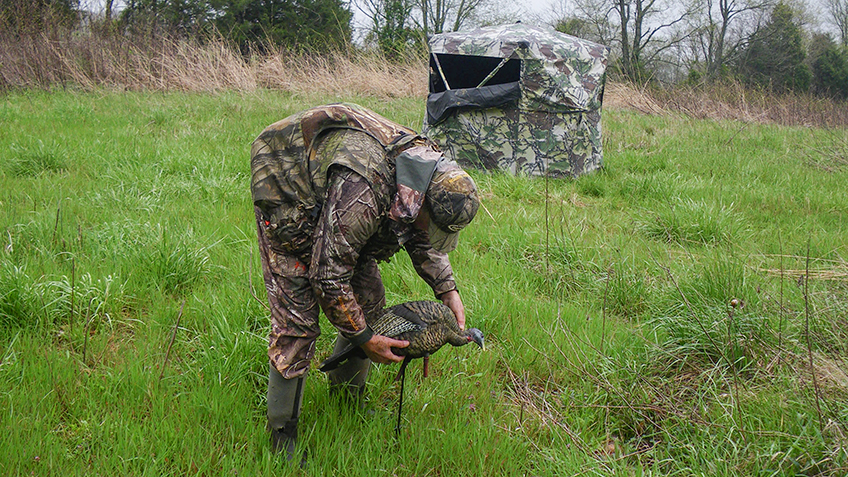
My past experience with hunting from blinds involved hours and hours of boredom with little in the way of turkey action. I wasn’t expecting much of anything different here. I shuffled across the field and into the blind the first morning, grumbling, “I am reduced to hunting turkeys like a used-up old man.”
I sulked in the dark until it got light and a turkey gobbled and flew down with a bunch of hens across the field about 300 yards from us. We watched them feed for a while before a hen started our way and the rest lined out behind her like a long train. The caboose was a pair of strutting longbeards. Off from the left another, previously unseen, flock of turkeys joined in and soon enough there were turkeys fighting, feeding, preening, strutting and breeding in front of our blind. The trouble was not so much in finding one to shoot but in locating a gobbler clear enough of other turkeys to shoot without bringing down several of his friends with him.
Another gobble off to our right shook the ground, and a fan was visible just over the hill.
“I know this turkey,” Gary said. “He is a jerk. He likes to fight and has the rest of the gobblers intimidated. He is going to run them all off.”
Sure enough, the big tom I had been watching folded up, put his head low and started vacating the arena. It was clear he was afraid of that other gobbler, but he should have been more worried about me. As soon as he was clear of the hens I sent a couple of ounces of Federal No. 5 lead shot over to discuss the dinner menu with him. They explained that he was the main course.
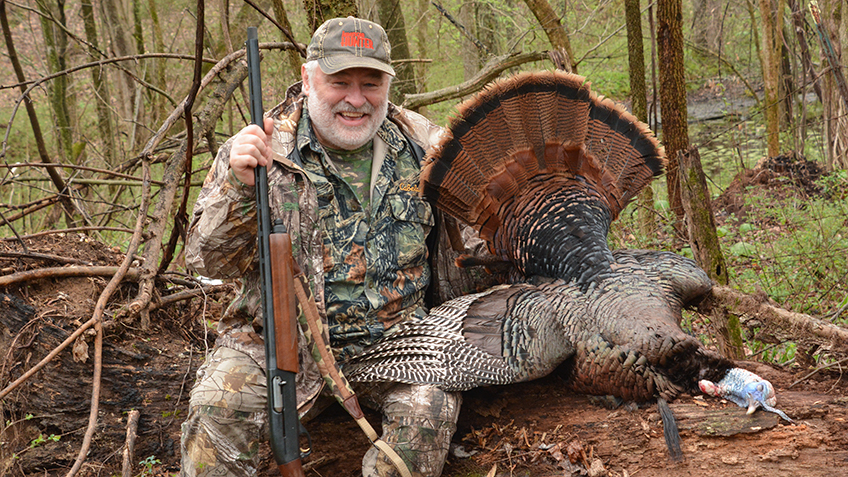
Two hours into the first day and I had already had a full season’s worth of action. I had another tag in my pocket and Gary still had both of his; I couldn’t help thinking this hunt was going to be incredible. The thing is, though, I have been doing this a long time and I really should have known better. Towsley’s Luck is a powerful, negative force.
Still, I was gaining a new appreciation of the effectiveness and potential adrenaline rush of hunting turkeys from blinds. I used to call it “old man turkey hunting,” and in fact I still do. That started as an insult. Now it’s tribute to the knowledge bank old turkey hunters have built with their experience. Later, after Towsley’s Luck showed up, I would relearn another big lesson about the virtues of hunting from a blind.
My preferred way to hunt turkeys is to head into the woods in the dark and listen for a gobble then move in and set up on the bird. If he doesn’t cooperate, I move and try again. I liken it to playing chess: To win you must always think of the strategy of the next move. You must always try to get into your opponent’s head and figure out what he is thinking then do something unexpected. We make a move, slap the timer then wait to see our opponent’s reaction.
Hunting successfully from a blind has some of the same elements, but with a much different time component. It’s sort of like playing chess by mail. You make a move and live with it for a while before you see results. Hunting from a blind means you are pretty much stuck in one location, so you have to get all your moves lined up right from the start.
Gary says the key is in doing the homework; he scouts heavily before placing a blind. It’s important to know the turkey’s movements throughout the day and to pick the best location for
an ambush.
“Blinds work well anywhere we hunt turkeys,” Sefton said. “But, I really like them in the Midwestern states. Much of the Midwest is pretty open land with fields and hedgerows. Did you ever wonder what happens when you move on a gobbling bird only to have him develop lockjaw? You are sure you were hidden, but you were not. You need to think from the turkey’s perspective, which is a lot lower to the ground than your eyes are. If you try to run and gun using hedgerows for cover it often doesn’t work. You may think you are hidden as you move, but the turkey is looking from a lower perspective and he can see your legs moving behind the brush. If that happens, you won’t call that gobbler. That’s one reason why I really like hunting from blinds in open country.
“The blinds don’t seem to alarm the turkeys too much,” he continued. “Put up a new blind and the deer might avoid it for days, but turkeys don’t seem to mind. Just don’t stick anything out the window. That really spooks turkeys. Rather than stick your shotgun out the window, stay back in the blind and rest the gun on shooting sticks. You may want to move the gun forward just a little to get the muzzle outside the blind just before you shoot. But do it very carefully and very slowly.”
When scouting in more open areas like where we were hunting in Kentucky, often driving around and watching the fields from a distance with binoculars will reveal turkey movement. In more forested areas with less visibility, you may need to burn some shoe leather. Walk and look for food sources, and also scratching from feeding, dusting bowls, tracks, droppings and feathers. Places that have a lot of turkey activity will show all these signs.
“The key to blind placement is to put it in a place turkeys are going to go to already,” Gary said. “That’s much easier than trying to fight them with calls and decoys to a place they never intended to visit.”
The blind must be in a location that is not where the turkeys are, but where they will be. If you set up too close to the roost, you can’t get to the blind without being noticed and spooking the birds. It’s better to know where the turkeys will be an hour after daylight and place the blind there. Finding those spots requires a lot of hard work, knowledge of turkey behavior and perhaps a pinch of voodoo.
Usually birds will peck around a bit until most have flown down from the roost and they gather. Then they will move to their primary feeding grounds. We were hunting an old cornfield that had been cut in the fall, but there was still feed there. “There is always something for a turkey to eat in a cornfield,” Gary told me.
We were set up at a confluence where high spots on the field sloped from both sides to form a small ravine. That, in turn, sloped gently to a half-acre flat in front of the woodline where we had the blind. I suspect rains flushed a lot of the food down the slopes and it ended up in this small area in front of the blind. No matter, the location was selected because scouting revealed the turkeys fed there every morning, starting about 30 minutes after fly-down. When the turkeys congregate in a location, feeding, strutting and fighting, it often pulls in turkeys from other locations.
The same food sources often make excellent evening hunting locations in those states enlightened enough to allow all-day hunting. Most turkeys will feed a bit before flying up to roost.
“The key to successful hunting from a blind is patience,” Gary said as he watched me squirming in my seat like a young boy on a church pew. “Have confidence in your location. Sit still and wait quietly. A comfortable chair is important. If you are in mosquito areas bring a Thermacell. Bring a book to read if you wish as it helps pass the time when you are waiting.” (I switched to recorded books with Bluetooth headphones years ago and started seeing more game. Just make sure your device allows ambient sounds to be heard so a cluck or gobble will not go unnoticed.)
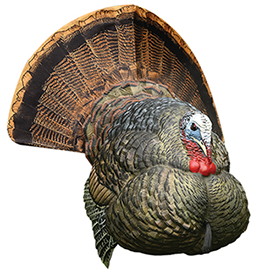 Decoys are a big part of the blind-hunting strategy. Gary recommends always having a few hen decoys out. We were using Avian-X decoys. In the early season when the toms are henned up and hard to call, Gary suggests a strutting gobbler decoy like their LCD Strutter. “That’s the only thing I know that will pull a gobbler away from the hens,” he said. “Things change throughout the season, and as soon as you see a gobbler spook at a decoy, stop using the strutting gobbler and place hen decoys only. Place the decoys about 10 to 15 yards in front of the blind. If you are bowhunting, face the hens to the blind. The gobbler will go in front of them to strut, giving you a shot.”
Decoys are a big part of the blind-hunting strategy. Gary recommends always having a few hen decoys out. We were using Avian-X decoys. In the early season when the toms are henned up and hard to call, Gary suggests a strutting gobbler decoy like their LCD Strutter. “That’s the only thing I know that will pull a gobbler away from the hens,” he said. “Things change throughout the season, and as soon as you see a gobbler spook at a decoy, stop using the strutting gobbler and place hen decoys only. Place the decoys about 10 to 15 yards in front of the blind. If you are bowhunting, face the hens to the blind. The gobbler will go in front of them to strut, giving you a shot.”
I asked about calling when hunting from a blind.
“You don’t need to call a lot. Use five or six yelps, wait five minutes and repeat. Then wait a while. The idea is to let the turkeys know you are there and to remind them every now and then. Of course, if you get a gobbler responding you can start to work him. I like a box call because turkeys like a box call. It’s also loud enough to reach out when you are just letting them know you are around. If I get a response from a gobbler I will usually switch to a slate call and/or a mouth call to give me some options and free up my hands.”
By midafternoon of our first day things had changed. The temperature had dropped then it started to rain … hard. I suspect the view from our blind was much the same as Noah saw as he headed up the gangplank. The following morning showed us snow, ice, numbing cold and pounding sleet.
These are far from perfect hunting conditions, but you can’t shoot a turkey inside the camp, so we hunted. I have spent uncountable days over a lifetime of hunting in cold, stormy weather. Inventions like Gore-Tex make it better, but it’s still miserable. Unless of course
you are in a blind. That’s the lesson I had to relearn.
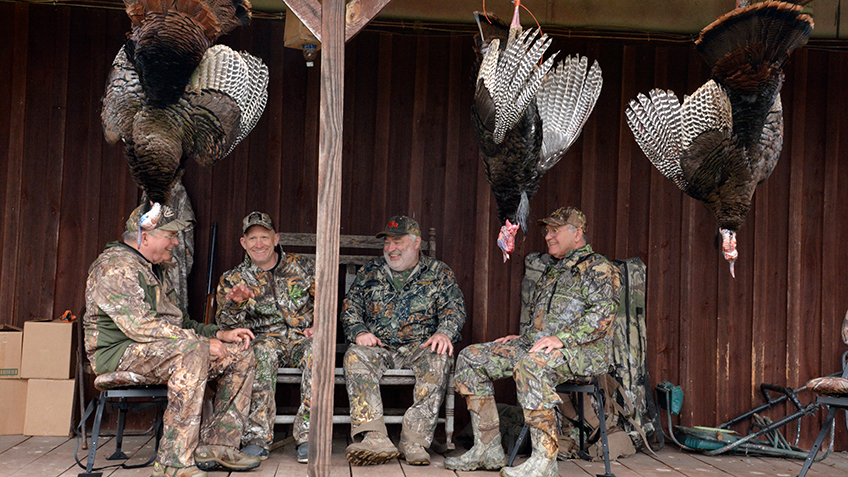
Hunting from a blind makes bad weather tolerable. Sure, the odds of success go way down in a storm, but you can experience success in a storm as several of our party did. The hunting was slow, but as I recall almost every hunt ended with at least one bird hanging on the camp porch. They shot the birds because they were out there hunting in the worst weather. If you stay in camp, the odds of success drop to zero. The turkeys are still out there and they have to eat to maintain their body warmth. A blind lets you wait there without being miserable.
So, for the remainder of our Kentucky hunt, we “toughed it out” in a well-located blind. We watched the wind blow the rain and sleet, and waited for turkeys.
I’ll be honest, it was brutal one day. That would be the one day we forgot to bring the coffee! I still have nightmares.

Stay Dry with Atsko
I am not sure how long I have been using Sno Seal on my boots, but family legend holds that my mother tried to bronze my baby shoes and nothing would stick. This stuff has been preserving and waterproofing my leather boots for a very long time. For cordura boots popular today, I use Silicone Water-Guard.
I never go on any hunt without a rain suit, but we often forget the little things that will soak through—hats and gloves, for example. How many times has your backpack soaked through, getting everything inside wet? We treated all that stuff with Permanent Water-Guard.
In anticipation of the approaching weather, Gary Sefton and Mike Jordan had already treated the blinds with Water-Guard Extreme. It also protects against UV light to prevent color fade in sunlight (not a problem on this hunt), and it helps prevent mildew (much more likely). Most of all, though, it seals the fabric and seams against water. There is nothing worse than sitting in a blind with water dripping on your head.
When I got back home I unpacked a damp, muddy, smelly, bloody glob of hunting clothes. I washed them in Sport-Wash, just as I have washed all my hunting clothing for years. It is scent- and UV-free and gets things clean. For more information, visit atsko.com.












